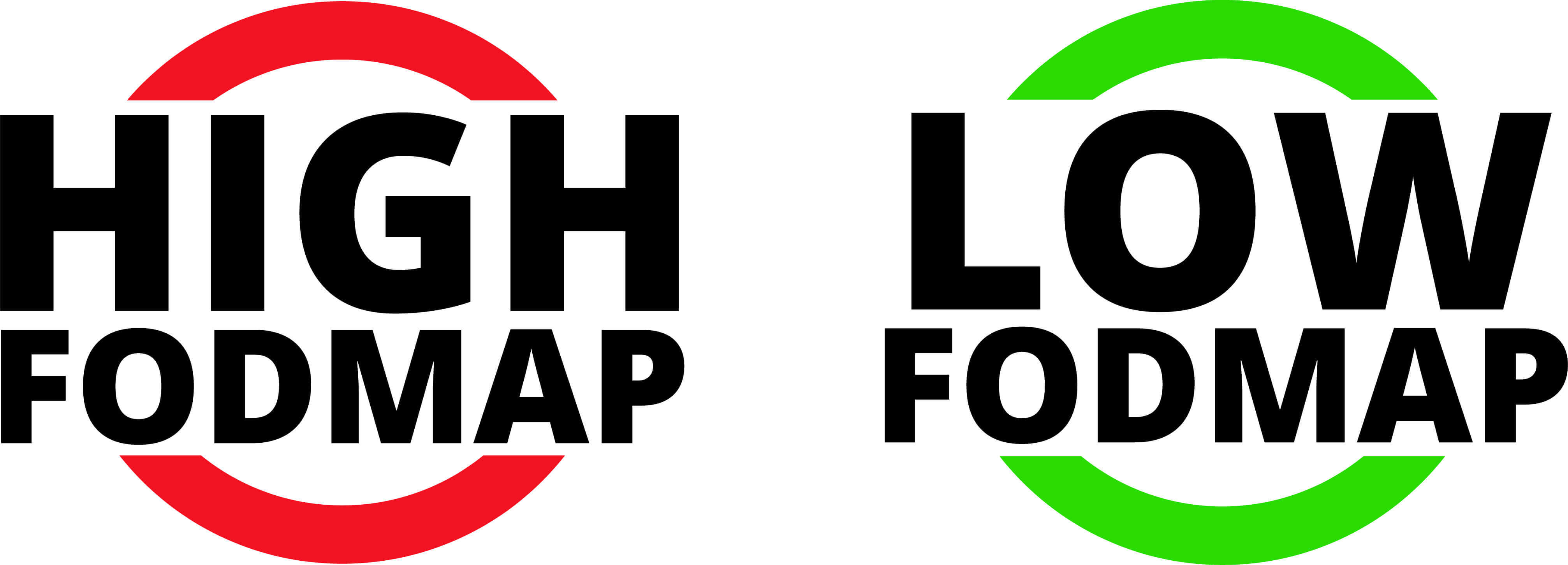
As I discussed recently on Facebook Live, Small Intestinal Bacteria Overgrowth (SIBO) is an all too common gut ailment that can lead to many uncomfortable symptoms like chronic diarrhea or constipation, bloating, lots of gas, and abdominal cramping. SIBO is caused by an overgrowth of gut bacteria in the small intestine, crowding this area in high numbers where they don’t belong (only 10% should be in the small intestine, and 90% in the large intestine) and is particularly common in those with Irritable Bowel Syndrome (IBS).
Because all your nutrients are absorbed in this part of your gut, SIBO can cause malabsorption and lead to deficiencies of vitamins, minerals, fats and amino acids. Fortunately, herbal supplements and dietary changes can provide quick relief. For instance, our Gut Cleanse Packets are designed to clear out the overgrowth of bad bacteria and yeast, but dietary changes can help, too, and may be necessary especially if you have lots of symptoms.
One category of food should stand out for those with SIBO and IBS – Fermentable Oligosaccharides Disaccharides Monosaccharides And Polyols (FODMAPs). FODMAPs are foods that are fermented by the bacteria in your bowels. When you have SIBO, there are lots of bacteria that are exposed to these foods very soon after you eat, and the fermentation creates excessive amounts of painful gas. Thus, foods high in FODMAPs are more painful to digest and foods low in FODMAPs are easier to digest for those with this condition.
But, temporarily eating a restricted FODMAP diet won’t just reduce your digestive symptoms, it also reduces the gut bacteria’s access to food and thus assists in rebalancing your gut microbiome for optimal health. If you have IBS and aren’t sure if you have SIBO, you can often diagnose yourself by following the low FODMAP diet. If you feel much better, then you likely have SIBO. So what is the low FODMAP food plan? The food lists won’t necessarily be intuitive. Bananas and blueberries are some of my favorite low-FODMAP foods, while delicious fruits like apples and mangoes can actually cause acute pain!
Rather than trying to guess what foods should be high or low in FODMAPs, use this handy FODMAP Chart.
Once you’ve taken a moment to review the chart you may be shocked at how many foods could pose a problem for you. A FODMAP diet is a very restrictive diet, that’s why I don’t recommend it as a long-term solution. But, switching to a FODMAP diet could give you quick relief and the control to permanently improve your gut symptoms. Then once you’ve got a handle on your symptoms you can begin to progressively introduce foods back into your diet seeing what works for you.